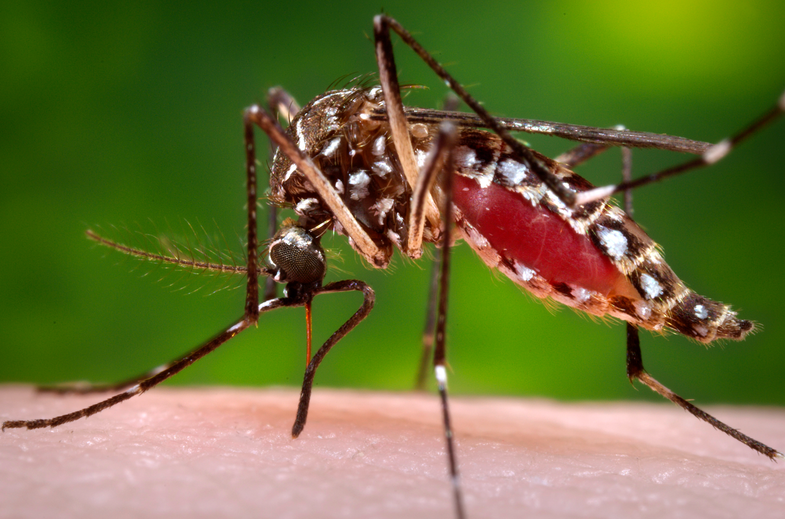Warming Arctic Is Overrun With Giant Mosquitoes
They're coming to suck your blood

Hey, global warming. Yeah, you. Lay off the Arctic, ok? You’re already increasing the length and severity of the wildfire season. You’re releasing ancient viruses from the permafrost. Could you maybe hold back on your Old Testament impression and not release hordes of giant mosquitoes?
Apparently, that’s too much to ask.
In a new study published in the Proceedings of the Royal Society B, researchers found that warmer weather is causing mosquitoes to develop earlier, growing quickly into giant, horrifying bloodsucking monsters.
Mosquitoes in the Arctic appear suddenly in huge numbers in the spring, when the sun warms the frozen ground, melting snow and ice and forming shallow ponds. Mosquito eggs, laid the previous year, hatch in the warmer, stagnant water, creating swarms of mosquitoes every year.
The study found that if the Arctic warms by 3.6 degrees Fahrenheit (2 degrees Celsius), 50 percent more mosquitoes could survive to adulthood. Already the researchers found that field tests in Greenland show that the mosquitoes main predator, a diving beetle, is unable to keep up with the growing prey population. Even though the beetles are eating more mosquitoes than ever before, the sheer number of mosquitoes in the environment is increasing.
The population most affected by the increasing numbers of mosquitoes will be the caribou, the main (involuntary) blood donor to the insects. Unlike humans, caribou can’t swat the itch-causing insects, bathe in DEET and citronella, or even retreat indoors. The only way they can escape the massive swarms of mosquitoes is to run like the wind. More mosquitoes means more running and less eating, leading to stressed, unhealthy caribou populations.
Check out this video of a mosquito swarm in the Arctic taken by another researcher in 2013.
